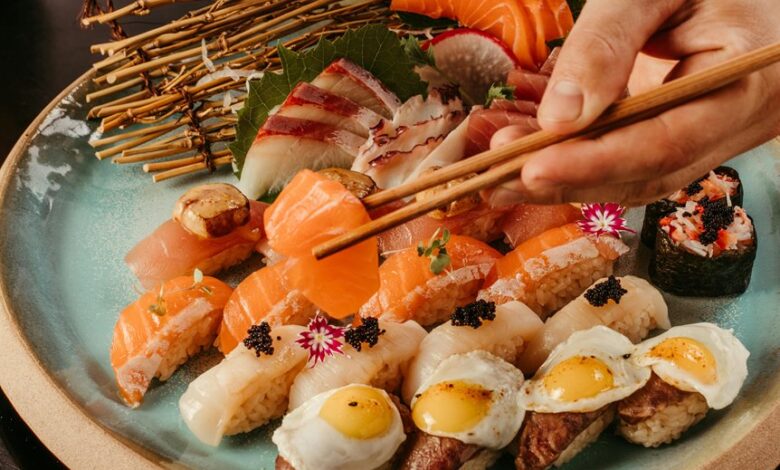Picadillo Meaning: Discover the Origins of This Iconic Dish

Picadillo, a dish steeped in history, serves as a culinary reflection of its diverse origins. Emerging from the Iberian Peninsula, it adapted over centuries, influenced by various cultures. Its evolution illustrates not only resourcefulness but also the integration of local flavors and traditions. This complexity invites exploration into its regional variations and the key ingredients that shape its identity, prompting a closer examination of what picadillo truly represents within cultural contexts.
The Historical Roots of Picadillo
Although often associated with Latin American cuisine, picadillo’s origins can be traced back to the Iberian Peninsula, where it emerged as a resourceful dish that utilized leftover meats.
Its colonial influence facilitated its culinary evolution, as ingredients and techniques from indigenous and African cultures merged with European traditions.
This fusion not only enriched the dish but also reflected broader socio-historical dynamics of adaptation and creativity within culinary practices.
Regional Variations of Picadillo
While picadillo maintains a core identity as a ground meat dish, its preparation and ingredients vary significantly across regions, reflecting local tastes, available resources, and cultural influences. The following table illustrates the distinct characteristics of picadillo in various countries:
| Country | Key Ingredients | Unique Preparation Styles |
|---|---|---|
| Cuban Picadillo | Olives, raisins | Simmered with tomato sauce |
| Mexican Picadillo | Potatoes, carrots | Often served with tortillas |
| Puerto Rican Picadillo | Capers, bell peppers | Typically includes tomato sauce |
| Filipino Picadillo | Soy sauce, hard-boiled eggs | Stir-fried with vegetables |
Key Ingredients That Define Picadillo
Picadillo’s identity is largely shaped by its core components, which include ground meat, tomatoes, and a variety of spices, each contributing to its distinctive flavor profile.
However, regional variations introduce unique ingredients that reflect local culinary traditions, creating a diverse tapestry of interpretations.
Understanding these foundational elements alongside their regional adaptations provides insight into the dish’s cultural significance across different communities.
Core Components of Picadillo
At the heart of picadillo lies a rich tapestry of ingredients that reflect its diverse cultural heritage.
This dish is characterized by its unique spice combinations and texture contrast, creating a balanced and flavorful experience.
Core components include:
- Ground meat, typically beef or pork
- Diced vegetables, such as bell peppers and onions
- Sweet elements like raisins or olives
These ingredients harmonize to define picadillo’s identity.
Regional Variations Explained
Although picadillo is generally recognized as a comfort food across Latin America and the Caribbean, its regional variations reveal a rich interplay of local ingredients and culinary traditions.
In Mexican picadillo, for instance, potatoes and carrots often enhance the dish, while Cuban picadillo is characterized by the inclusion of olives and raisins, showcasing each culture’s unique flavor profile and history.
Traditional Cooking Methods
When exploring traditional cooking methods for picadillo, one finds a rich tapestry of regional variations that reflect cultural influences and historical practices.
- Slow simmering to develop flavors
- Sautéing aromatics for depth
- Incorporating family recipes that pass down cherished techniques
These cooking techniques not only highlight individual preferences but also reveal the communal aspects of this beloved dish, fostering a sense of identity and continuity.
Picadillo in Modern Cuisine
As culinary landscapes evolve, picadillo has found its place within modern cuisine, adapting to contemporary tastes while retaining its traditional essence.
Chefs experiment with picadillo fusion, incorporating global ingredients and techniques, resulting in innovative picadillo adaptations.
This versatility allows the dish to resonate with diverse palates, appealing to those seeking both authenticity and creativity in their culinary experiences.
The Cultural Significance of Picadillo
Picadillo embodies a rich tapestry of cultural significance, reflecting the historical and social narratives of the regions where it is cherished.
This dish serves as a culinary bridge, uniting people during:
- Cultural rituals, preserving traditions across generations.
- Community gatherings, fostering connections and shared experiences.
- Celebratory feasts, marking milestones and uniting diverse backgrounds.
Through these practices, picadillo transcends mere sustenance, becoming a symbol of cultural identity.
Conclusion
In weaving together the threads of history, culture, and culinary artistry, picadillo emerges as a vibrant tapestry that transcends borders. Each bite resonates with the echoes of ancestral kitchens, reflecting the resourcefulness of generations past. As it adapts to contemporary palates, picadillo remains a poignant symbol of unity, bridging diverse traditions. This dish, rich in flavor and significance, invites those who partake to not only savor its essence but also to embrace the shared heritage it represents.




